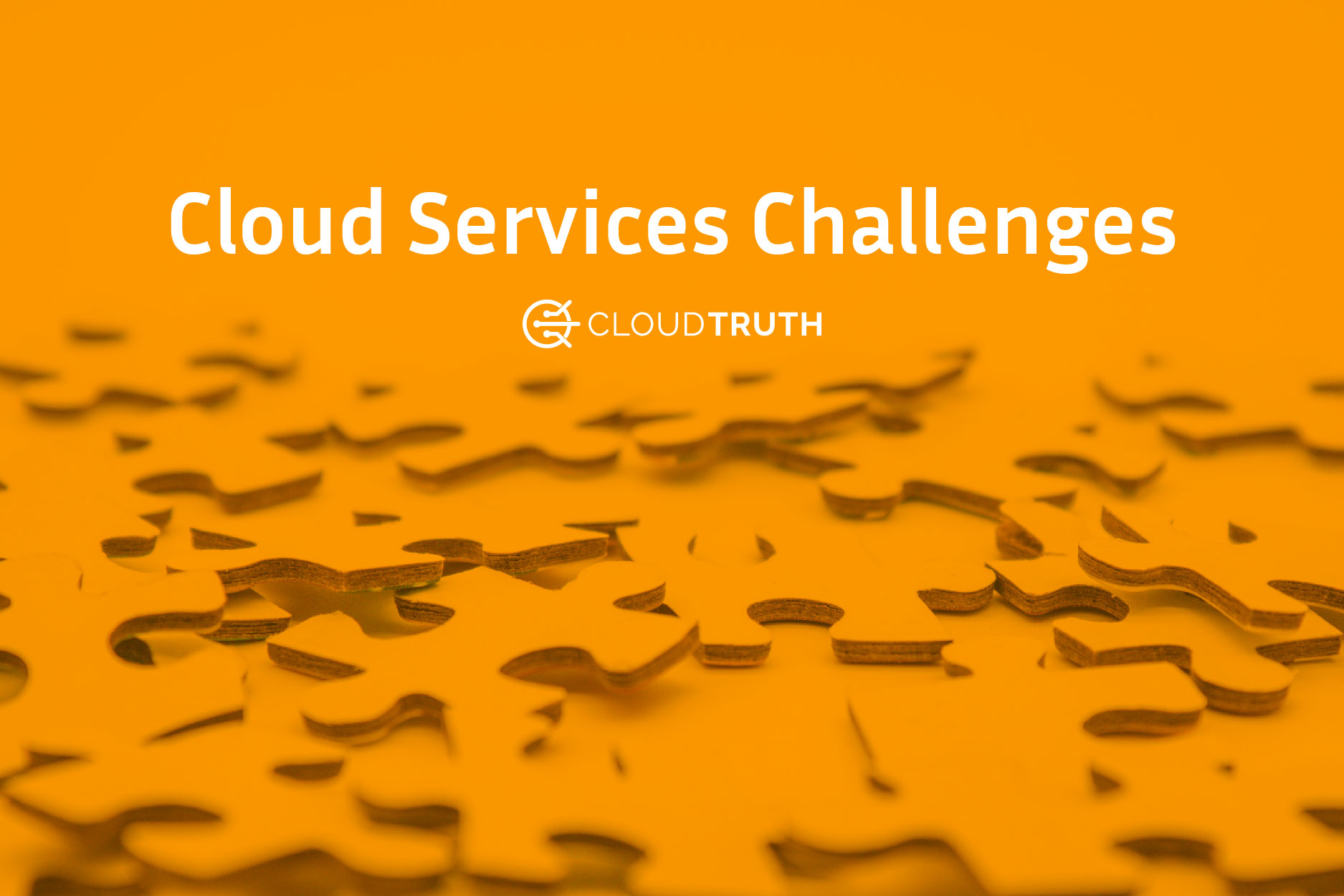As companies invest in new SaaS and API tools to improve efficiency and cut development time, they often find themselves unprepared for the host of challenges that come along with implementing a complex, cloud-based tech stack. Tools that used to run independently become entangled. Product issues become harder to identify and resolve. Siloed teams struggle to collaborate. All of these challenges create new opportunities for product reliability and security flaws, unexpected costs, and pervasive organizational issues. As companies work to build and manage increasingly complex cloud ecosystems, it is vital to be aware of and prepared for the challenges that accompany this growth.
Reliability and Security Issues
When a company’s core product relies on a network of third-party cloud services, that increased complexity can lead to serious reliability and security issues. With many interconnected systems to manage and configure, any one of which can potentially impact any other, it naturally becomes harder to keep track of everything and ensure acceptable uptime levels are maintained. And when issues do occur, that system complexity makes it much more difficult to troubleshoot and resolve problems. As a result, it’s easy for a small product bug to snowball into a larger issue due to a lengthy troubleshooting and problem resolution processes.
In addition to the impact on product reliability, a lack of effective oversight can also result in major security problems. As VP Cloud Platform at 42Crunch Dmitry Sotnikov explained in a recent interview with Security Boulevard, systems relying on public API tools can be susceptible to a variety of security issues if configured incorrectly. For example, if a company uses cloud services to manage user authentication, personal data, or other sensitive information, configuration mishaps can result in potentially massive data breaches.
Unexpected Costs
These reliability and security issues can yield a number of direct and indirect costs. First, if system complexity leads to excess product downtime, that can be extremely expensive — according to a 2014 Gartner study, downtime costs companies an average of $300,000 per hour. Customer-facing product issues mean canceled subscriptions, lost future purchases, and a reputation hit that can linger long after the issue has been resolved, all of which can seriously impact the bottom line.
In addition to unhappy customers, unexpected product issues can also lead to high costs associated with rushed internal efforts to fix the problem. With a complex, interconnected system, bug resolution becomes exponentially more challenging, and every minute of time-critical development time, especially if problems arise during off-hours, can be extremely costly.
Furthermore, these systems can generate unexpected additional costs even when there aren’t any obvious product issues to deal with. When development teams are forced to build in-house management tools to configure and maintain cloud services, that takes valuable time and resources away from actual development work. These teams often don’t specialize in building this sort of tooling, meaning that development can be extra time-consuming, and since the work is only tangentially related to their main tasks, it can be tough to find the budget to cover all those extra hours.
Organizational Inefficiency
Ultimately, traditional organizational structures and management systems just don’t work for modern, cloud-first companies. Traditionally, individual teams would manage individual systems, and there wasn’t much need for inter-team coordination. But today, as various third-party tools are implemented on top of one another in an integrated tech stack, it is no longer possible to manage systems in a vacuum. That means that siloed teams with expertise in limited domains will struggle to effectively manage these cloud ecosystems, potentially duplicating efforts or failing to account for secondary effects of changes to their respective subsystems.
In addition to these organizational issues, cloud customers also face challenges when it comes to hiring the necessary personnel to support new cloud infrastructure. Often, it can be difficult to even determine what skills qualify a candidate for this sort of multi-faceted role. As a result, HR departments and technical managers alike struggle to define clear, quantitative hiring practices and job descriptions when searching for candidates to manage these integrated systems. And even if you do know what you’re looking for, these candidates are in very high demand, making it hard to attract and retain top talent.
With Great Power Comes Great Configuration Complexity
No matter how you slice it, cloud customers must be prepared to tackle a variety of challenges as they incorporate new cloud services into their operations and product offerings. From product reliability and security issues to excess costs and management issues, these tools can lead to real problems that must be addressed.
That said, cloud tools are also extremely valuable, and companies that fail to incorporate these new technologies risk becoming obsolete. As such, modern companies can’t afford to ignore these tools if they want to stay competitive. That’s why businesses are turning to third-party configuration management tools like CloudTruth, which help them mitigate system complexity while still reaping all the benefits of the modern cloud-based tech stack. To learn more about how CloudTruth can help your company stay on top of your cloud configurations, check out our website at cloudtruth.com.
Our bite-sized newsletter with DevSecOps industry tips and security alerts to increase pipeline velocity and system security.


